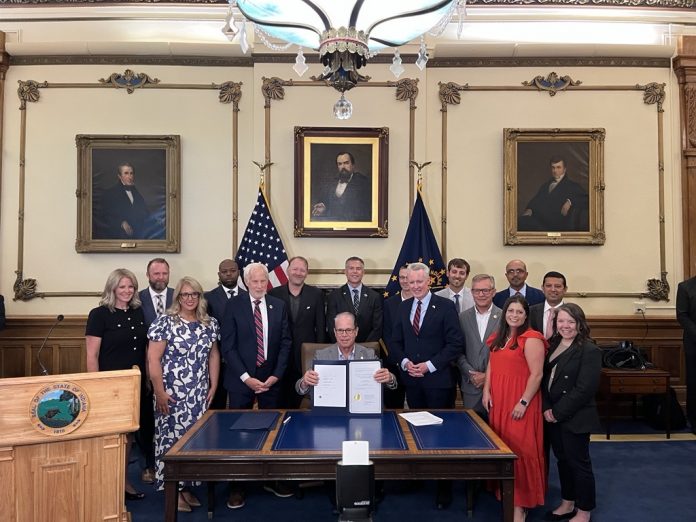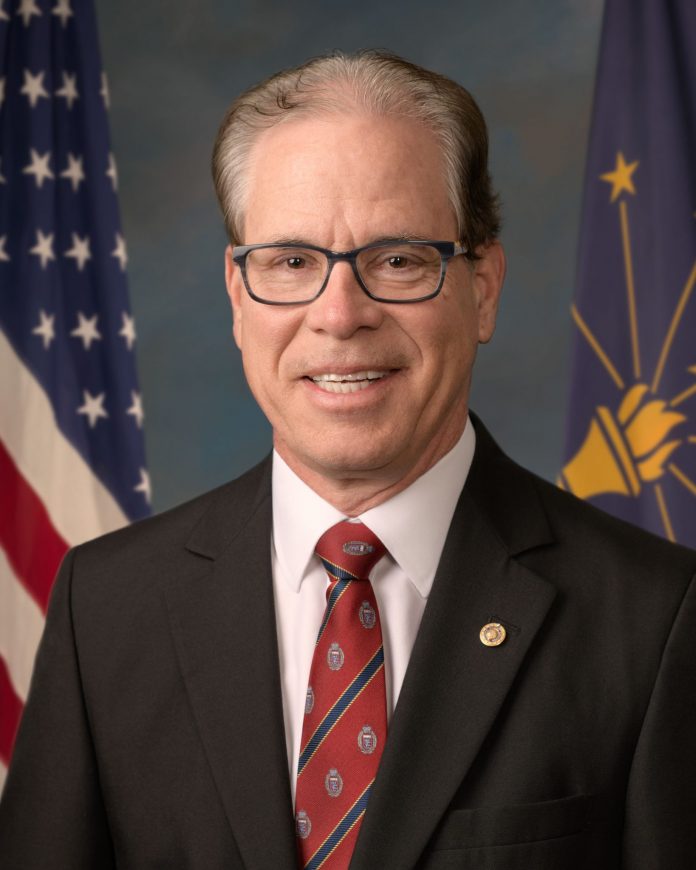“Today we’re celebrating universal school choice, accountability, and new investment in our classrooms.”
INDIANAPOLIS – Today, Governor Mike Braun held a signing ceremony to celebrate education wins for Hoosiers, like universal school choice, increased teacher pay, sending more dollars to the classroom in the state budget, and bringing A-F accountability ratings to ensure Indiana schools are performing for Hoosier students.
“We’ve secured big wins for Hoosier students and parents, like universal school choice, increased teacher pay, new accountability ratings for schools, and more money going to the classroom. In Indiana, parents are in the driver’s seat of their kids’ education, and great quality education for Hoosier students is our priority.” – Governor Mike Braun
Governor Braun’s state budget strengthened Indiana’s commitment to K-12 education by increasing the K-12 tuition support formula by $640 million in the biennium. Governor Braun has also made parental choice a top priority in education, and the Choice Scholarship program will be open to all families beginning fall of 2026.
The bills being celebrated today also include increased teacher base pay and a new A-F accountability rating system focused on how well schools support the unique skills and talents of individual students.
Governor Braun ceremonially signed the following education bills.
• Senate Enrolled Act 146 – Teacher compensation.
• Senate Enrolled Act 448 – Higher education and workforce development matters.
• House Enrolled Act 1041 – Student eligibility in interscholastic sports.
• House Enrolled Act 1064 – School transfer.
• House Enrolled Act 1498 – School accountability.
• Senate Enrolled Act 373 – Various education matters.
• House Enrolled Act 1634 – Math education.
• House Enrolled Act 1515 – Education and higher education matters.
• Senate Enrolled Act 448 – Higher education and workforce development matters.
• House Enrolled Act 1002 – Various education matters.
• House Enrolled Act 1637 – School and public safety matters.










